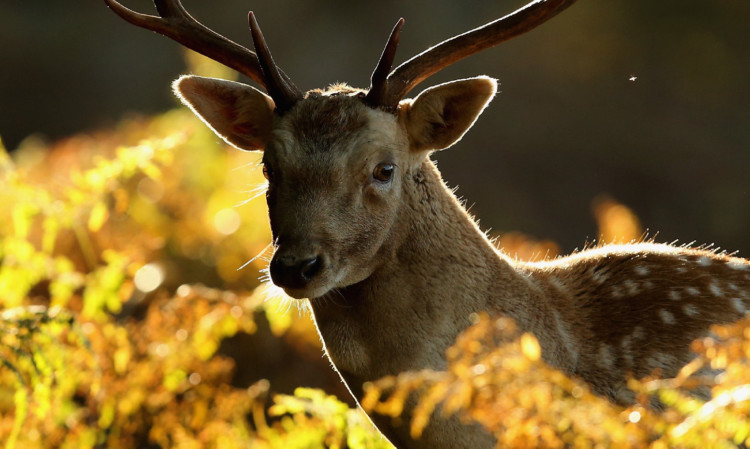Criminals are using dogs to kill wild deer and sell the meat in towns across Fife.
PC Ian Laing, the region’s wildlife crime officer, said trained dogs are used to chase and attack the animals before the bodies are removed and butchered, often in unsanitary conditions.
The illegal hunting of deer is taking place in communities across Fife, although the Wemyss area, Cardenden, Leslie, Oakley and Saline are known hotspots.
While Mr Laing said some groups continue to hunt deer purely for sport, there are elements who have now turned to the illegal practice for business.
“A lot of it is sport but there are other cases where they are taking the meat and selling it around the doors,” the officer said.“It might be prepared in a bath and is butchered there, put in polythene bags and sold around the doors. They’re even selling to motorists outside shops.”
Deer hunting, and in particular coursing with dogs, continues to prove troublesome in Fife, with a number of small groups using it as a form of sport.
Although the nature of the crime means it is hard to confirm numbers of deer killed illegally, it is thought to be in the hundreds.For more on this story, see Friday’s Courier or try our digital edition“It’s difficult to say numbers because sometimes the entire carcase is taken and there is no trace a crime has taken place,” Mr Laing said. “But what we do have is anecdotal evidence from landowners who are saying there is a drop in deer numbers.
“We’re also finding that daytime is as common as night for this taking place. It’s not just weekends either these people don’t work so they have all day to do it.
“What we’re looking for is people walking in fields with big dogs, like greyhounds, possiblywalking far apart.”
Although landowners are obligated to control deer numbers, the methods used by poachers are particularly brutal, offering little hope of survival for the deer.
“We do have this hard core that go out there and use dogs to bring down deer and kill them,” Mr Laing added. “Usually it’s one or two dogs they’ll pursue it until they grab it and rip its throat out.
“There was a case in Glenrothes where the rib cage had been bitten with such force that the ribs had been driven into its lungs and killed the deer that way.”
The Scottish SPCA has called on the public to play their part in tracing those responsible for the poaching of deer.
Chief Superintendent Mike Flynn from the charity said: “Deer poaching and deer coursing are incredibly difficult crimes to detect but we are always encouraging people to contact us and the police withas much information as possible on any activity they have witnessed or suspect.
“Information such as a car registration plate can be very useful but more often than not the perpetrators are long gone and the only evidence remaining is the injured or dead animal.”
